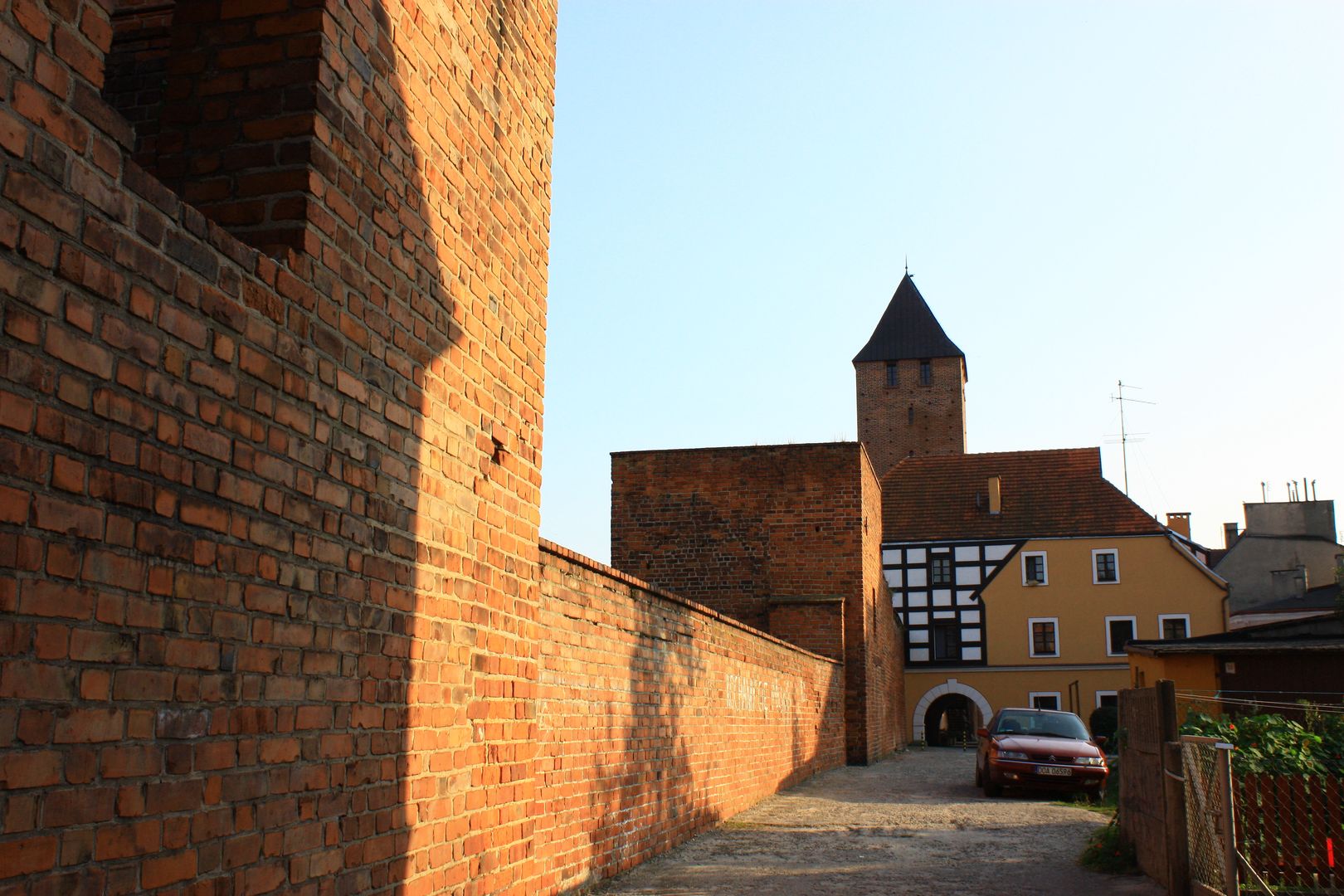Namysłów
6.88

Overview
Namysłów is a town in Poland, located in the Opole Voivodeship, with a rich history dating back to the 13th century. It was first mentioned in 1233 and received its town rights around 1249. The town is situated on the Oleśnica Plain, with the Widawa River flowing through it. Namysłów boasts numerous historical landmarks, including the late Gothic Church of St. Peter and Paul, a Franciscan monastery complex, and a 14th-century ducal castle. Other architectural treasures include defensive walls, a 14th-century town hall, and numerous 19th-century townhouses.
The town developed under the influence of various rulers, which is reflected in its history and architecture, connected with the Duchies of Głogów, Oleśnica, and the Kingdom of Bohemia. During World War II, Namysłów served as a labor camp, and after the war, it was reintegrated into Polish administration. The culture of Namysłów is expressed through the activities of local associations, such as the Society of Lovers of the Namysłów Land, as well as through the local cultural center and numerous events. The town has a rich publishing tradition, both during the Polish People's Republic and after the political transformation in 1989.
An interesting aspect is the multiculturalism of Namysłów, with the presence of various religious communities—Catholic, Evangelical, and a Jewish minority, which once had a synagogue here. Today, Namysłów is a regional educational center, and its economy is based on the food, brewing, and electrical industries. The town hosts a variety of cultural events, and its residents actively engage in community life, reflecting a strong sense of local identity. In 2024, Jacek Fior became the mayor, signaling the continuation of the town’s development. Namysłów combines rich history, architecture, and dynamic cultural life, making it an interesting place for both residents and tourists.
Location
2025 Wizytor | All Rights Reserved